For the price and new, nothing comes close to this Dacia Sandero ECO-G 100 Bi-fuel . From 13 800 euros (Comfort line) we can have a utility that easily plays the role of a small family member and that can also be very economical, because it runs on LPG — the price per liter, as I write these words, is less than half of the price. of gasoline 95.
What's more, it's not much more expensive than the gasoline-only version. It's only 250 euros more, a difference that is reduced in just over 4000 km of use.
As we concluded in the Sandero Stepway duel a few months ago — gasoline vs. LPG — we see no reason not to opt for the ECO-G versions of these models right away, except for the availability of gas stations or, perhaps, just for a matter… of taste.
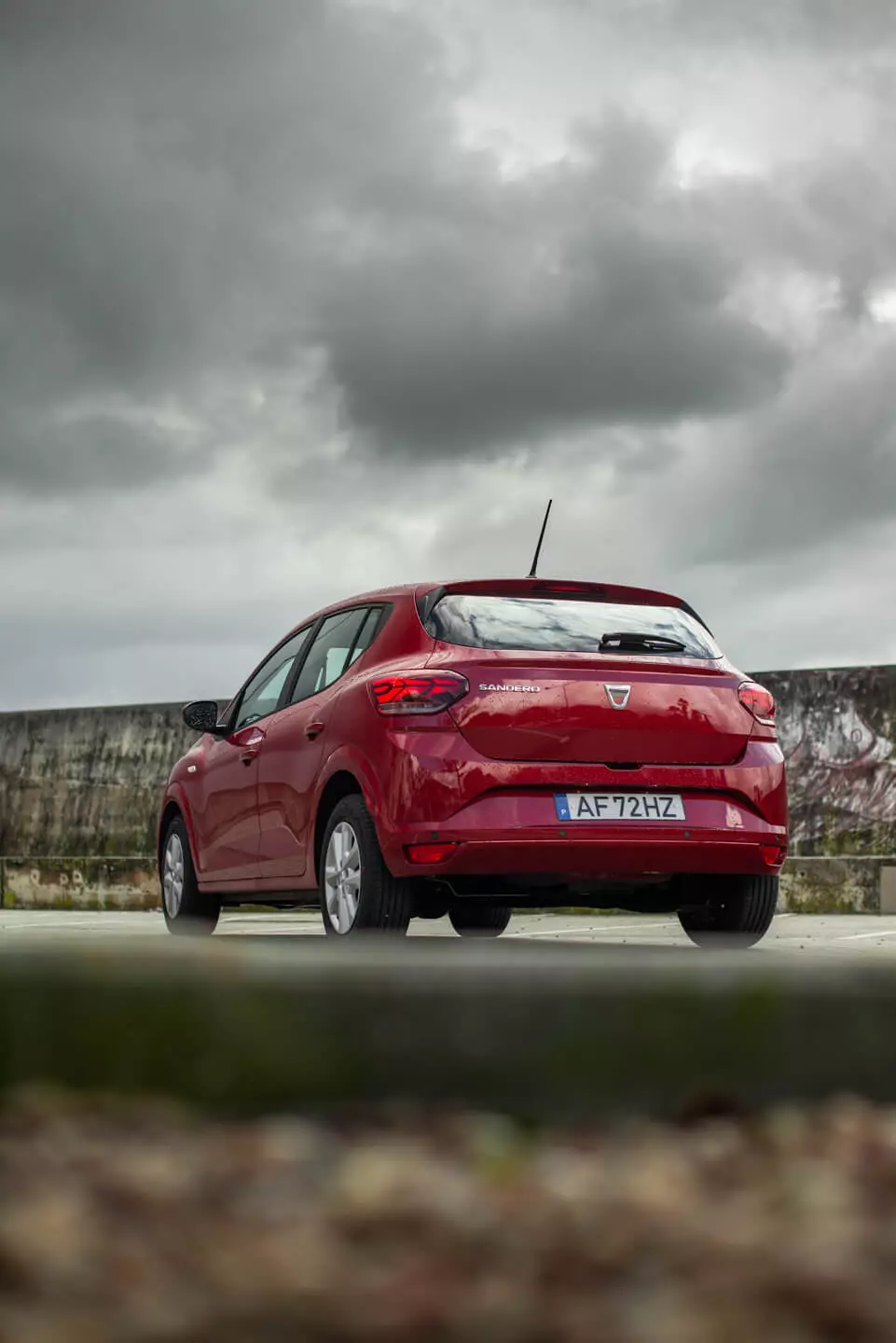
And the Sandero ECO-G under test, even though it doesn't achieve the same appeal as the quasi-crossover Sandero Stepway — it continues to be the best-selling and most sought-after of the Sanderos — it is, on the other hand, more affordable. And the price remains one of the most used arguments in Dacia.
The carbon emissions from this test will be offset by BP
Find out how you can offset the carbon emissions of your diesel, gasoline or LPG car.

Let's face it: around 1700 euros separate these models, with an advantage for the unit tested (both with the Comfort level, the highest), which is equivalent to more than… 2000 liters (!) of LPG, which for its part time translates into practically 25 thousand kilometers, or even more, depending on the routes and the “foot weight”. It deserves at least a longer look...
More arguments beyond price?
No doubt. The third generation of Dacia Sandero brought with it a high level of maturity. It can still be considered low-cost, but it is very well “armed” to face the rest of the competition in the segment.
There's no lack of space on board (it's one that offers the most space) and the suitcase is among the largest in the segment, and the interior, despite being "lined" with hard materials and not very pleasant to the touch, has a robust assembly that's in line. with many of the segment's proposals (there are some complaints, for example, in parallel streets, but it doesn't differ from other proposals in the class).
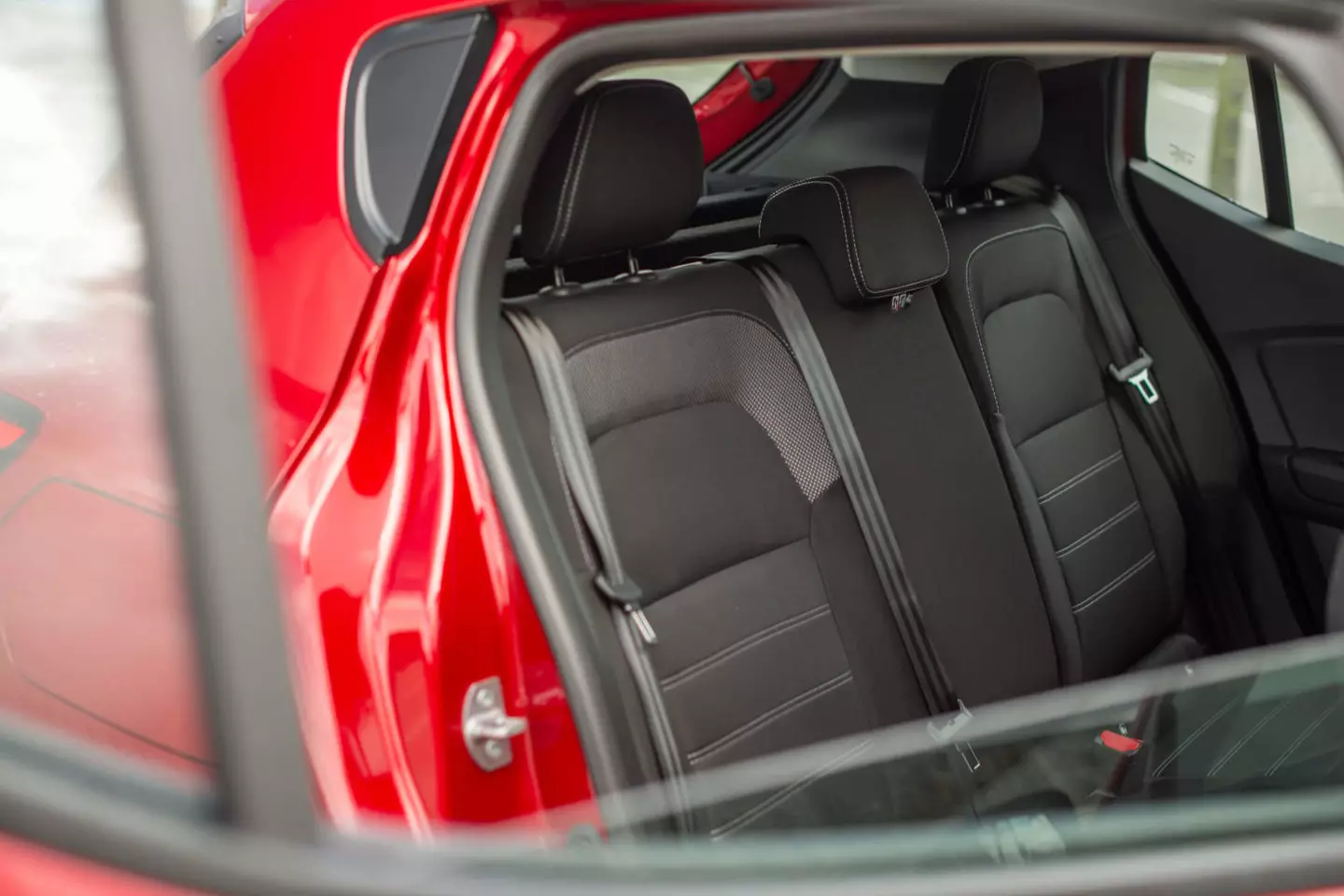
The somewhat exaggerated 1.85 m width - on the level of two-segment models above - reflects positively on the interior space. It is the one that best fits 3 people in the back seat in the segment.
What's more, it already comes with a very complete range of standard equipment — don't forget that it's the Comfort version, the most equipped. We have from the obligatory Apple CarPlay and Android Auto to cruise control, passing by LED headlights and light and rain sensors, to the presence of several driving assistants. And the few options that exist don't cost an arm and a leg.
What is missing inside is, essentially, the “fireworks” or “show of lights” that other proposals in the segment have. If the Sandero ECO-G dashboard even has a pleasant design, the “grey” decor contributes to a somewhat austere atmosphere.
In this Comfort, we have some lighter fabric coverings that help to increase the pleasantness, but there are also some touches of color, for example, the Sandero Stepway has in the ventilation outlets
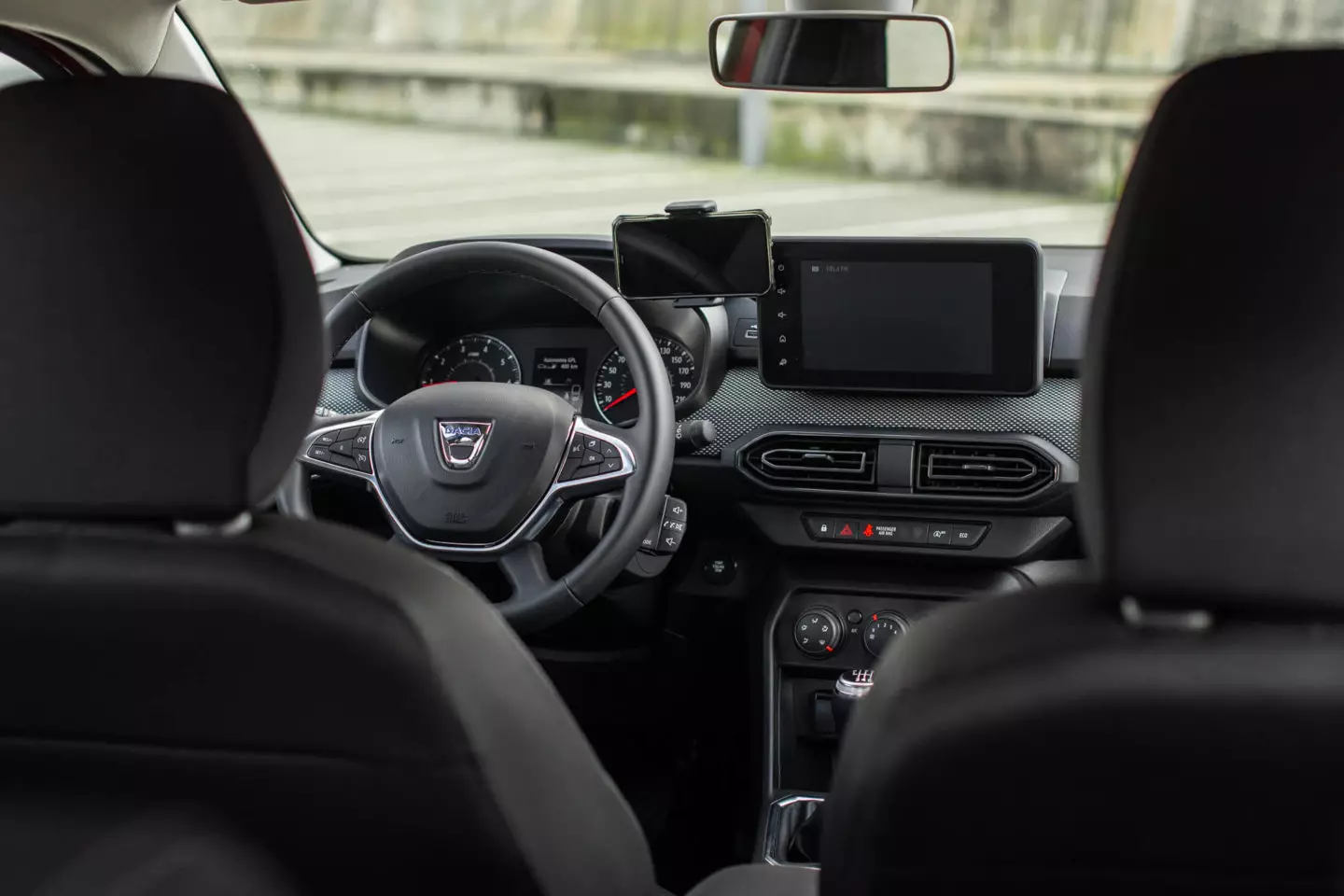
The design is not unpleasant, but it lacks some color. Emphasis on the infotainment 8" touchscreen and mobile phone support.
And behind the wheel. How does it behave?
It is perhaps where the third generation Sandero evolved the most. The foundations are solid — it derives directly from the CMF-B used in the Renault Clio — and despite the car's overall design being comfort-oriented, it dynamically doesn't clash with the rest of the segment.
It has proven to be very stable on the highway and corners, although not very entertaining, it is predictable and effective, always with good control over body movements.
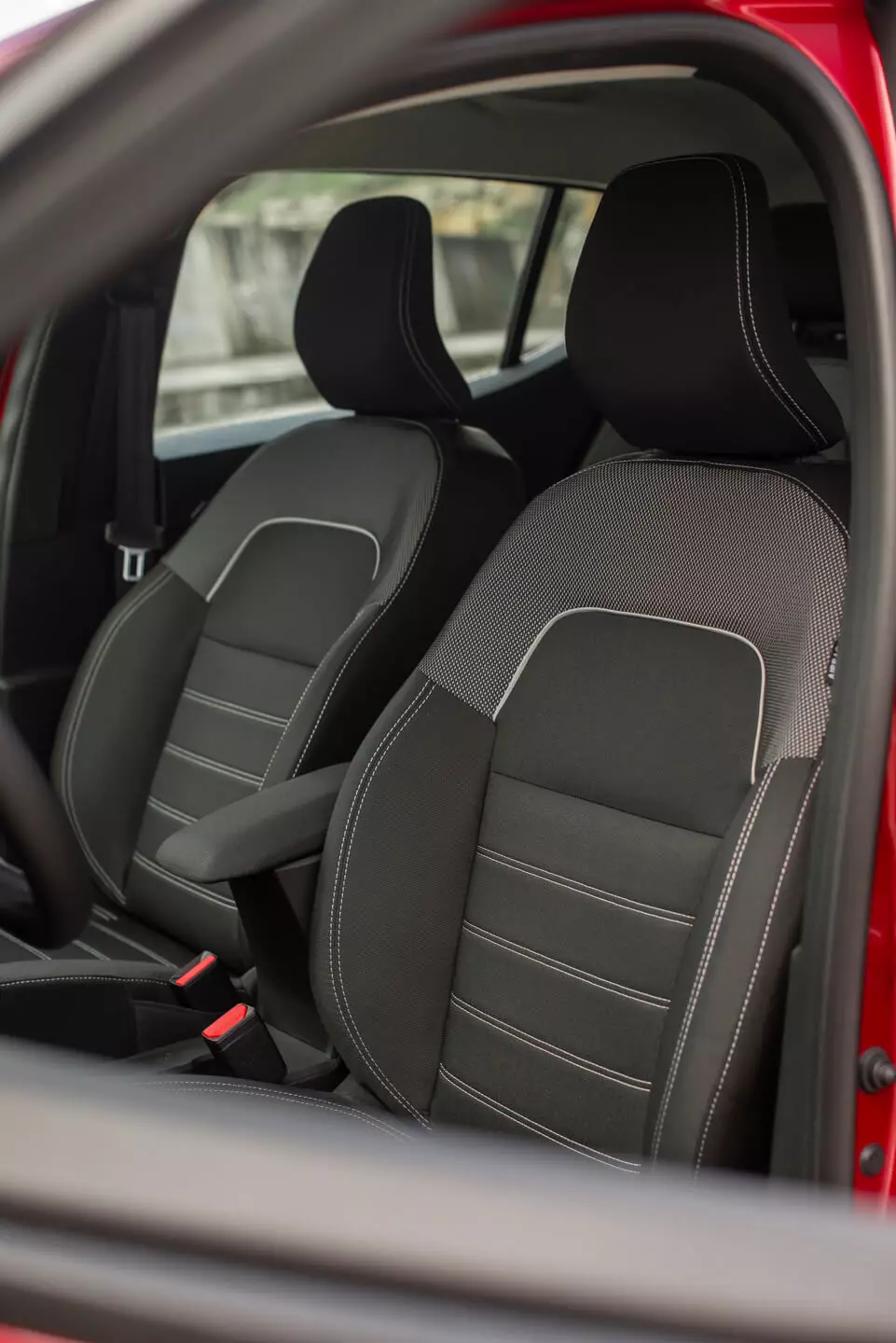
The only fix concerns the weight of the controls, which are quite light. It can be a blessing in urban driving, but on the highway, I would appreciate it if driving, for example, offered more resistance.
It's also at higher speeds that we see where some of the cut cost has gone: soundproofing. From aerodynamic noise (concentrated at the front), to rolling and mechanical noise (even if it's not the most unpleasant), this is where Sandero distances itself further from its rivals.
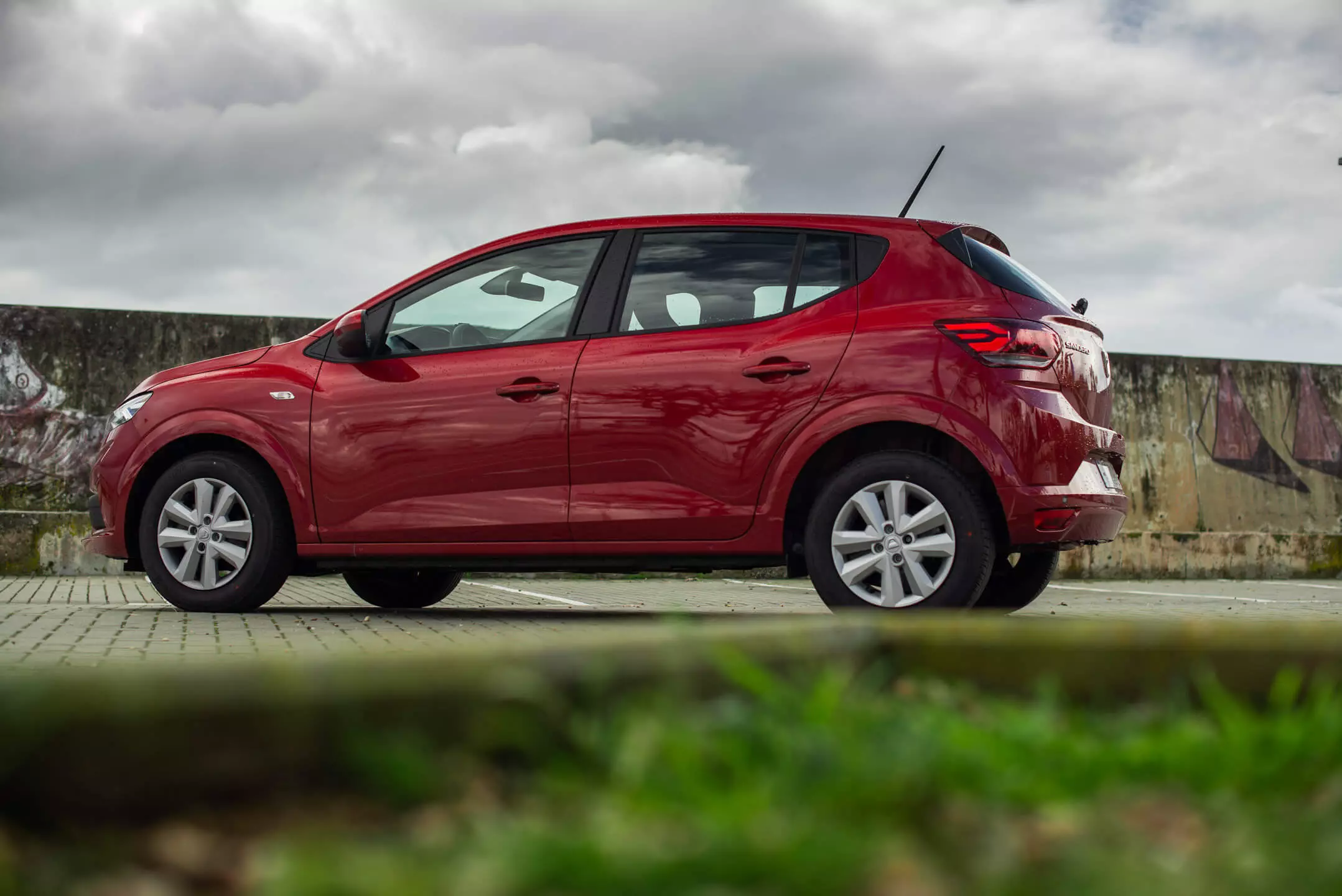
That said, the comfort on board and the willful engine make the Sandero a very competent estradista — long trips are not a fear...
Ah… the engine. Despite having only 100 hp, the ECO-G is the most powerful of the Sanderos on sale; the other “only” gasoline Sanderos use the same 1.0 TCe, but only deliver 90 hp.
The three-cylinder turbo was a pleasant surprise, showing a great ease in any regime, even when we decided to explore the maximum power regime (5000 rpm). We are not going to win “traffic light races”, but there is no lack of vigor to competently move the Sandero.
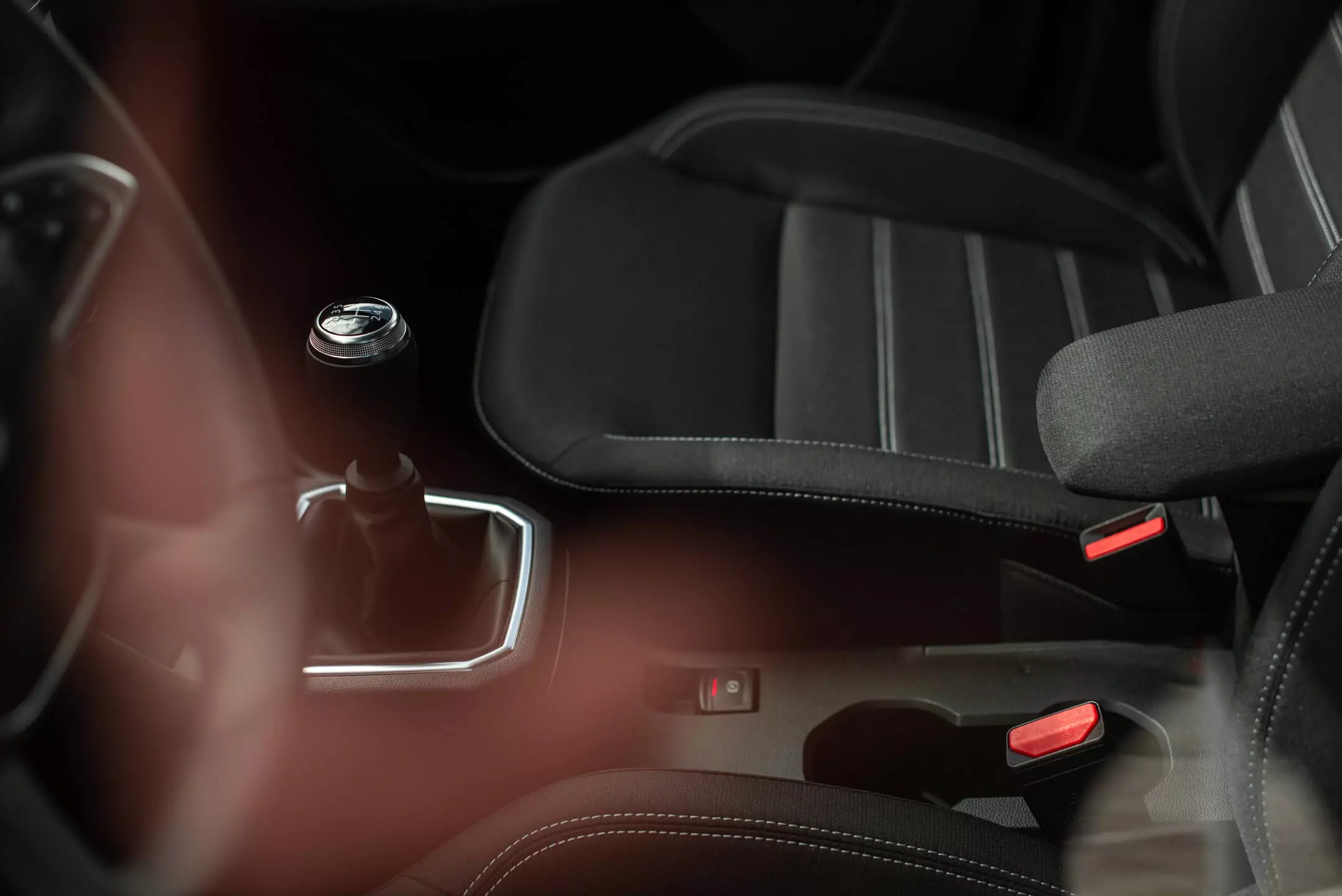
On the other hand, he proved to have a grown-up appetite. With LPG, consumption will always be higher than gasoline (10-15%), but in the case of this Sandero ECO-G, the more than 9.0 l recorded in many driving contexts is exaggerated and unexpected. When the Sandero Stepway ECO-G (used in the duel) passed by Razão Automóvel, for example, it easily registered 1-1.5 liters less per 100 km.

The LPG tank is located under the trunk and has a capacity of 40 l.
Perhaps the reason for the high numbers is the lack of running in the tested unit — it reached my hands with just over 200 km on the odometer. Given the liveliness of the engine, no one would say it had so few kilometers, but it would take more days of testing and many more kilometers to clear up any doubts on this particular topic and there was no opportunity for that.
Find your next car:
Is the car right for me?
It's hard not to recommend the Dacia Sandero ECO-G to anyone looking for an SUV — it's, without a doubt, the model that best lives up to its name in the class — that even “disguised well” as a small family member.
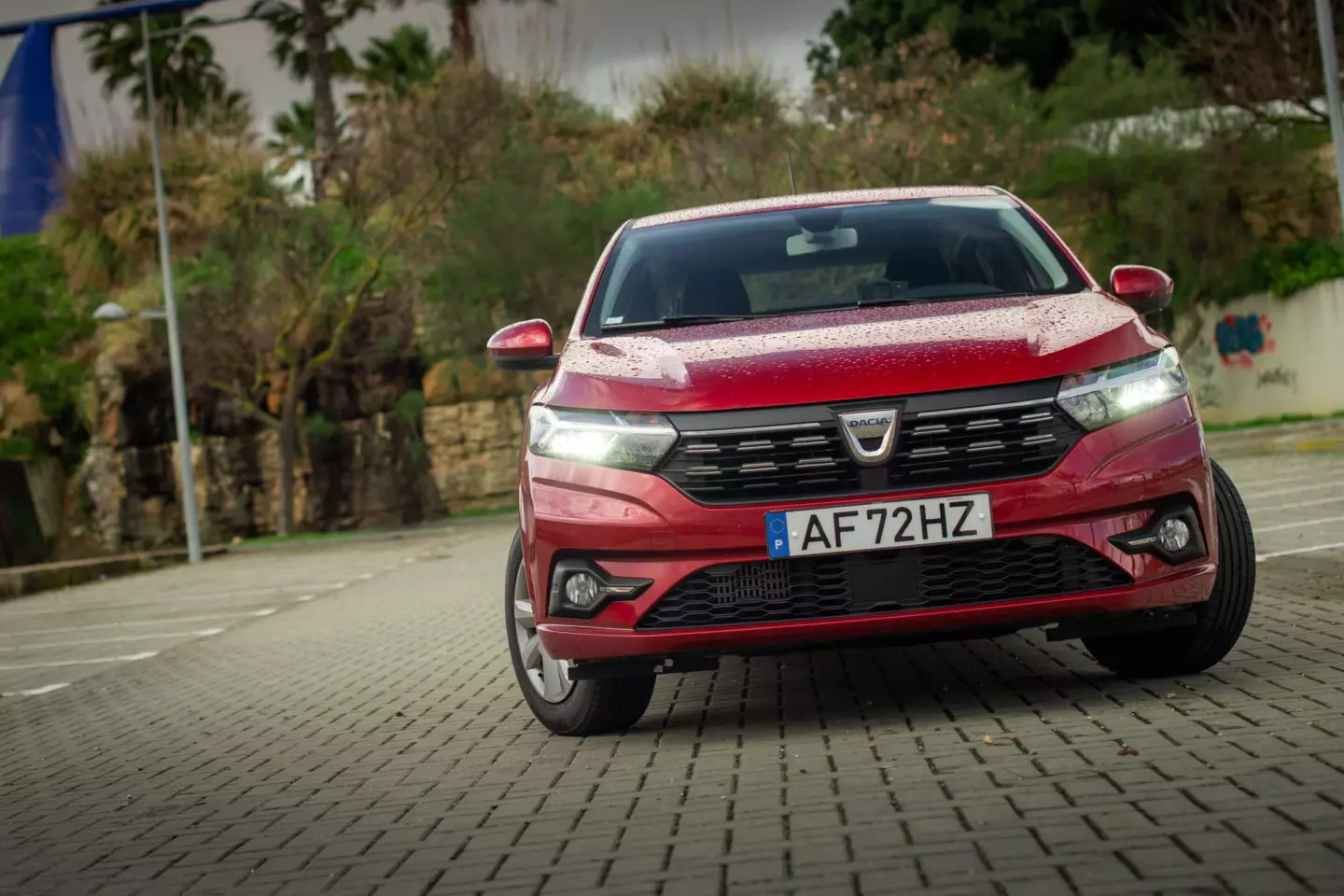
It may not be able to subjectively appeal as much as other rivals, but considering what it offers and the performance demonstrated, it is objectively closer to them (in many ways it is as good or better) than the thousands of euros that separate them would let you guess.
The GPL option remains the “right choice” in Sandero (whenever possible). Not only does he guarantee a reduced fuel bill, he even gets (slightly) better performances, courtesy of the additional 10 hp of power, which even goes well with his very decent qualities as a runner.
Updated August 19 at 8:33 pm: Corrected information regarding LPG deposit capacity from 32 l to 40 l.
